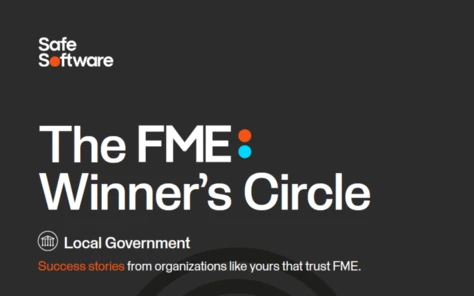Dozens Arrested Following UK Police LabHost Takedown
7 stages of Design Thinking !!

Today in this digital disruption, marketplace is in a state of rapid change. Competition is coming from every direction. Design Thinking has gained influence where many renowned brands are embracing it for survival, and providing value to customers. Design thinking is a process, applicable to all walks of life of creating new and innovative ideas and solving problems. It is not limited to a specific industry or area of expertise. Design thinking places you in your customers’ shoes and asks you to see the world from their perspective. It is an essential tool for the Customer Experience Manager because it imagines the life of the customer and the way she encounters your organization. The customer drives the current and future state of any business. Products and services, whether they are delivered to internal or external customers, must create fundamental value and address specific business needs. This cannot be done unless the customer is an integral part of the entire product life-cycle, not an afterthought. Typically the Design Thinking process can be covered in 7 stages:
- Define - What is the problem you are trying to resolve, determine the success factors, who are the users
- Research - Review the history of the problem, collect examples of other attempts to solve the same issue
- Ideation - Generate as many ideas as possible to serve these identified needs via brainstorming session, do not judge ideas but encourage creativity
- Prototype - Combine, expand, and refine ideas, present a selection of ideas to the clients, do role plays
- Choose – select powerful idea but remember most practical solution may not be the best.
- Implement – Plan, Do, Act, Check while implementing
- Learn – what works and what does not, get customer feedback, measure success & discuss improvement
Characteristics of Design Thinking:
- Finding simplicity in complexity
- Beauty as well as functionality
- Improving quality of customer experience
- Creating elegant solutions
- Serving the needs of people
When applied in business, design thinkers either become part of the business process or train business folks to use the method. Some great examples of design thinking:
- Apple, the most valuable company in the world brought iPod a decade ago and added simplicity in their products without any manuals.
- PillPack - a service that simplifies medication dispensing for elderly.
- Samsung hired more than 1600 designers to become the leader in electronics and mobile business.
- Pepsi hired a Chief Design Officer to design the products you fall in love with, such as Mountain Dew, Tropicana, Doritos, and Lipton apart from Pepsi.
- Two brands that have become synonyms for the products or services they sell are -Cadbury for chocolates and Xerox for photocopying.
Design thinking began as a way to improve the process of designing tangible products. Today it is being applied in every part of life.
























